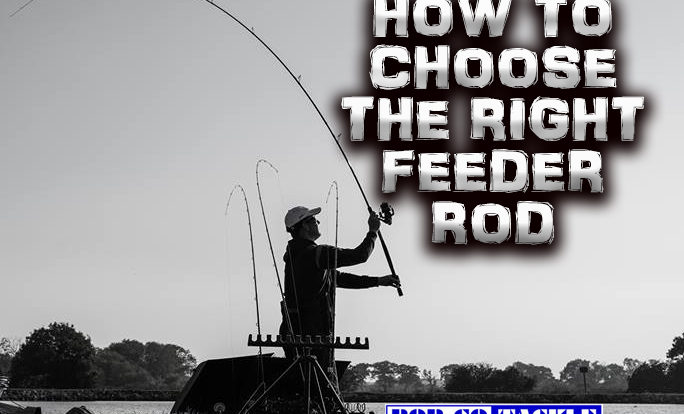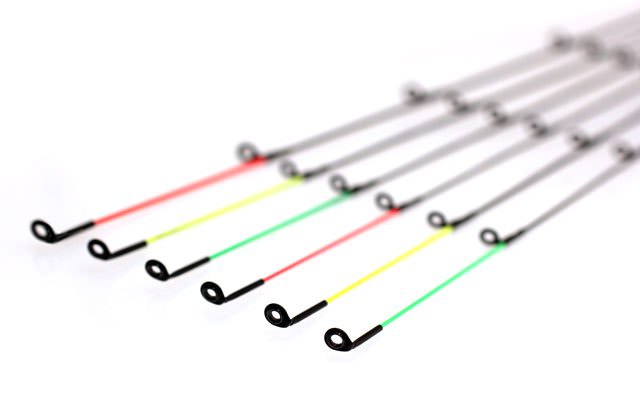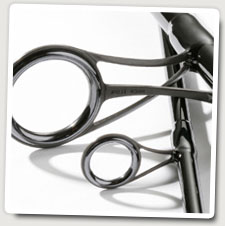
From wands to big river blanks. From 9ft to 14ft. From Daiwa, Matrix or Shimano to Maver, Preston or Browning. There are hundreds of different feeder rods out there to choose from so here’s the BobCo guide to selecting the right one for you!
1. Length
Rods are like golf clubs in that different lengths are used for different distances. So the further you want to cast the longer the rod you should go for. If you’re only casting to islands a short distance away then a 9ft rod is going to be a lot easier to cast and play fish with than an 11-12ft one. However if you’re chucking much longer, or fishing a river for example where you want to keep the line off the water, then you would be better with an 11-12ft model.
As a basic guide:
8-9ft | Up to 30m
10ft | Up to 40m
11ft | Up to 50-60m
12ft | Up to 65-70m
13ft – 14ft | 80m+

2. Action
The more ‘through’ or progressive the action of a rod is, the more it bends gradually right through the entire blank and generally the softer the action is. This type of action is typically used on the shorter bomb style rods, where long casting isn’t required. For carp and F1s this is the kind of action you need, to help play larger fish without pulling the hook or risking line breakages because the action is too stiff.
Longer rods for bream and small fish tend to have a faster action which is much more confined to the top half of the blank. These stiffer rods mean that more power can be applied through the compression of the blank on the cast, so the feeder goes further.
It’s all about coming to a compromise. Ideally use the most progressive rod you can that will allow you to comfortably cast the distance you need. If you’re overgunned with too stiff a rod you’ll pull out of fish on small hooks, but equally if your rod is undergunned for a long cast you’ll struggle to get your rig there and risk crack offs.

3. What handle has it got?
Most rods have either cork or EVA handles, or a mixture of the two. Full cork is a more expensive material used on a lot of top end rods. You’ll notice that longer rods also have longer handles, which means that you can keep your arms straight, pushing them out and pulling down hard on the cast to make the rig go a long way.

4. Quivertips and test curves
Quivertips are typically either glass or carbon. Glass tips tend to be much softer and used on the lightest tips, while carbon tips are stronger and stiffer, for bigger fish and long casts.
Quivertips are graded in test curves- the weight the tip can take before being pulled through a 90 degree angle. Typically light tips are classed as 0.5oz, 1oz and 1.5oz, which are ideal for smaller fish and short range fishing for F1s and carp. Tips are stepped up to 2oz, 3oz and even 4oz or 5oz on the heaviest feeder rods.

5. Real seats, eyes and line guides
Check that the reel seat used is a quality, deep one and will tighten to secure a reel properly in place. Most rods feature a screw mechanism, either above or below the seat.
You’ll notice that bigger rods and heavier quivertips have bigger eyes, simply to allow the line to pass through them easier for a longer cast.
Line guides come in single, double and even triple legged versions. Most rods will feature double legged guides which are strong enough to withstand casts but don’t add to much uneccessary weight.


Could you please advise on rods suitable for fishing barston